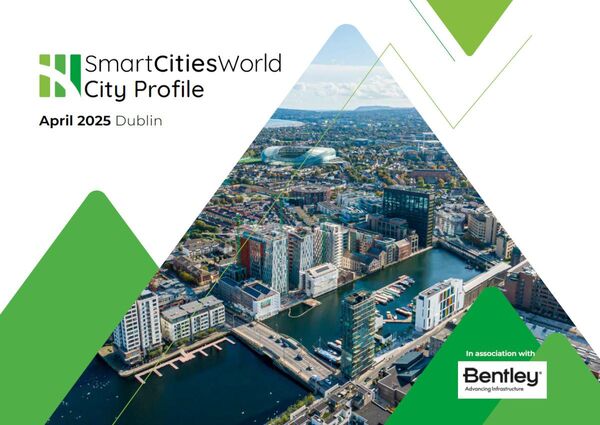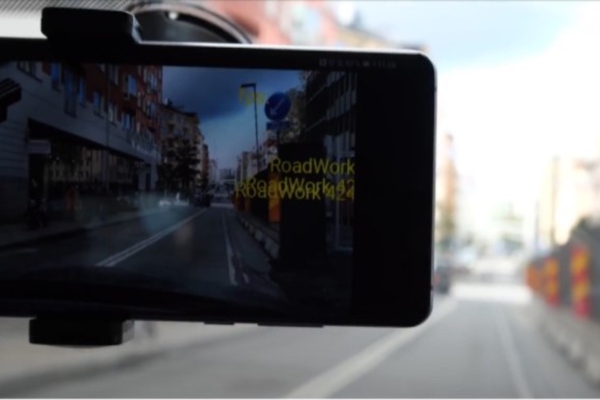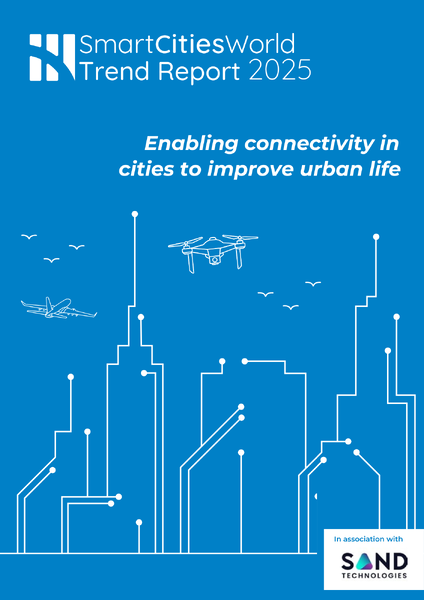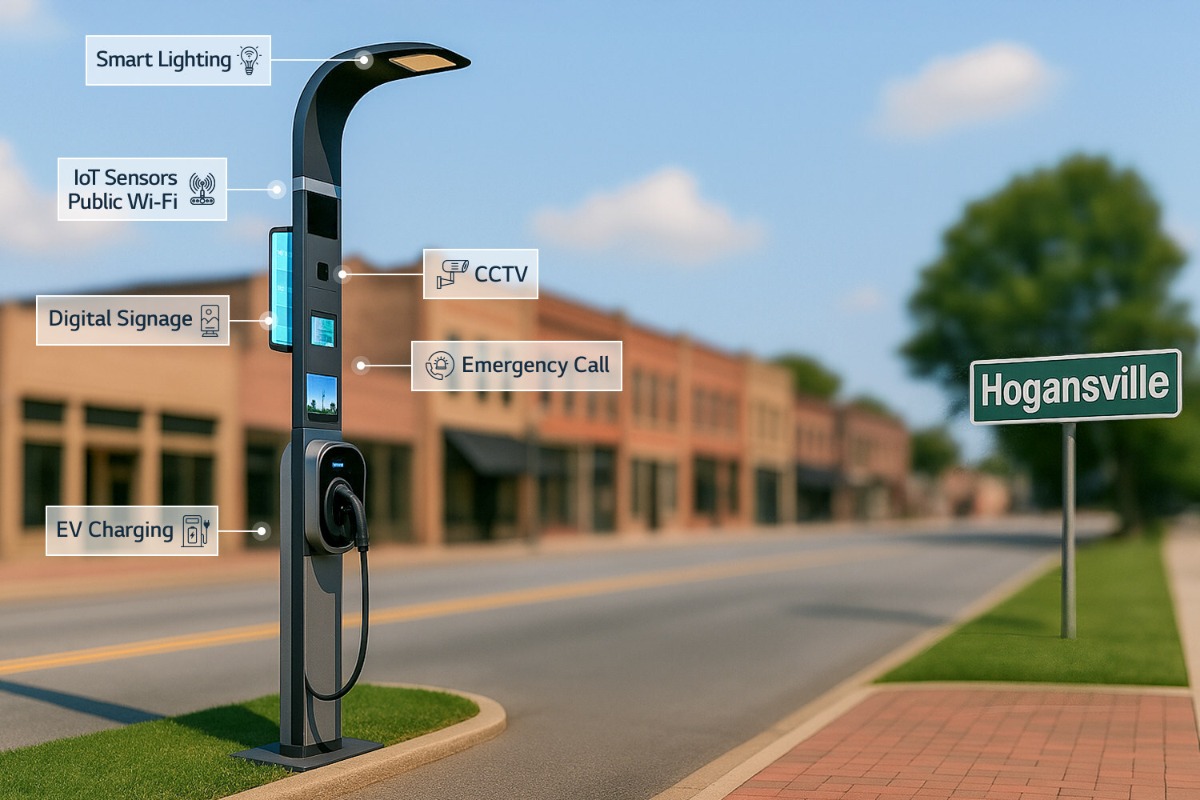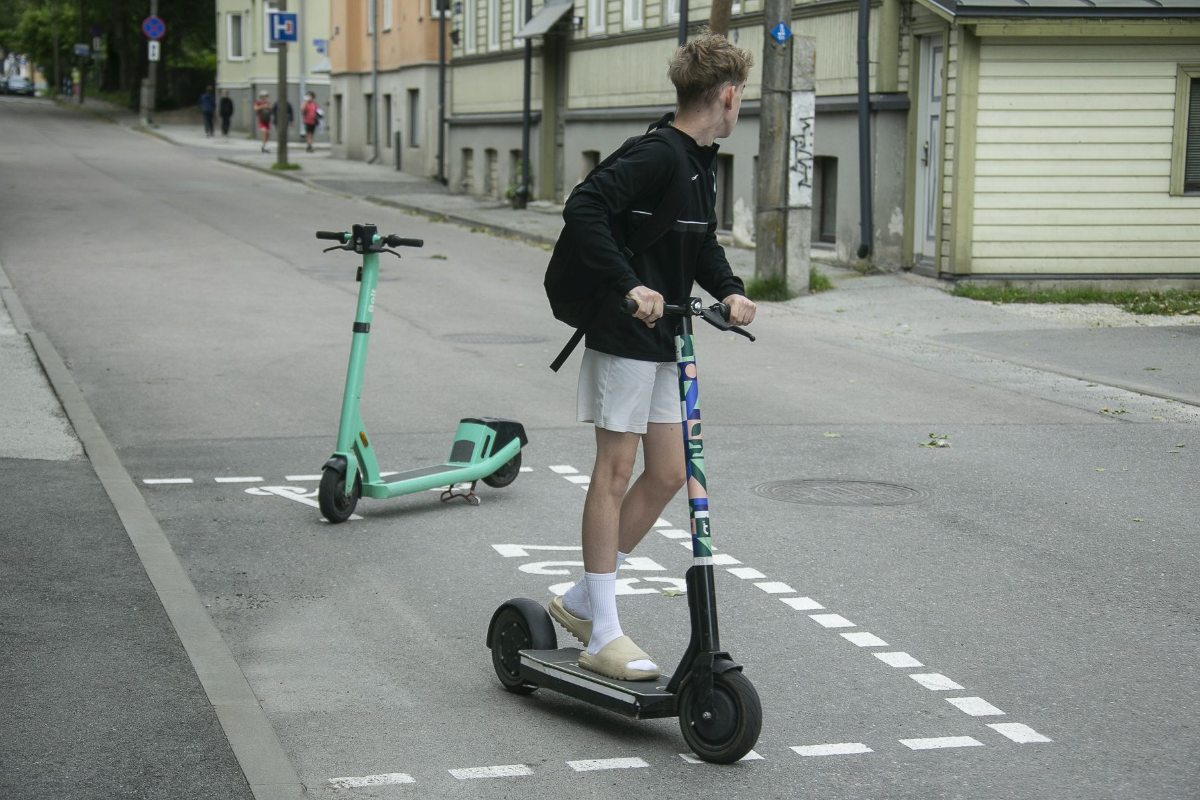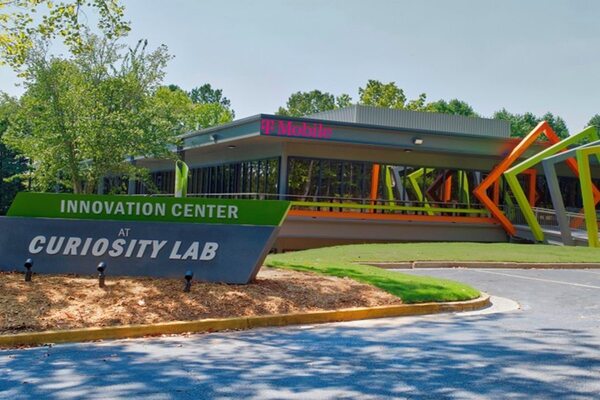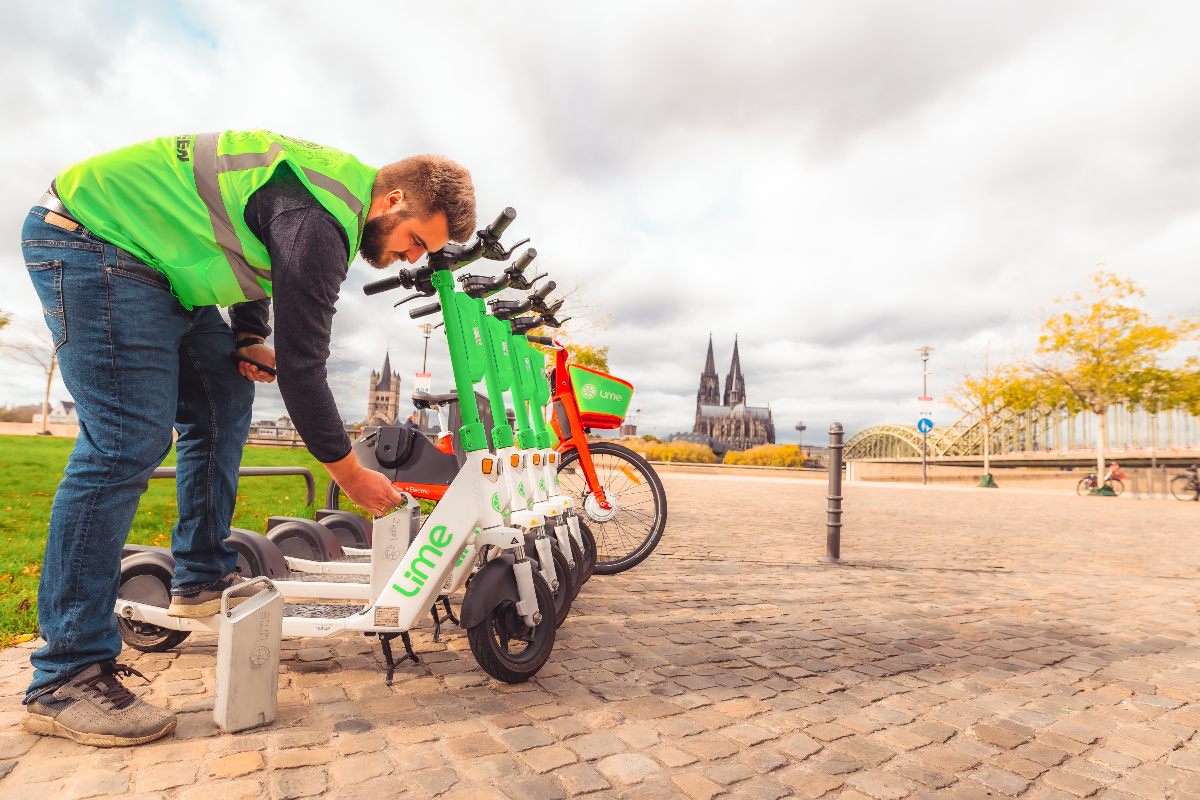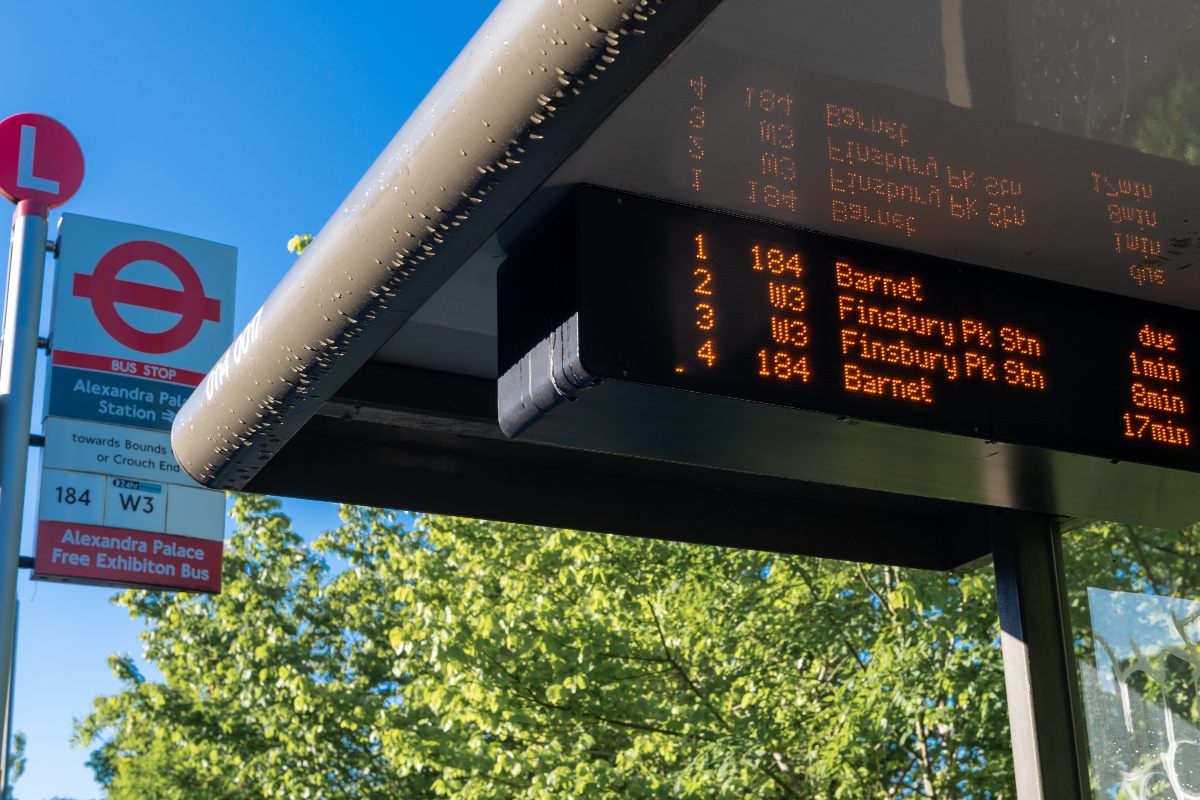Special Reports
SusHi Tech Tokyo 2024: experience ‘Tokyo 2050’ todaySponsored by The SusHi Tech Tokyo 2024 Showcase Program Executive Committee
AI used to monitor and optimise Swedish road infrastructure
Computer vision and machine learning specialist, Univrses, will work with the Swedish Transport Administration to digitise and manage roadside infrastructure.
Trafikverket, the Swedish Transport Administration, is working with computer vision and machine learning specialist Univrses to help optimise the country’s road infrastructure management.
Trafikverket will use Univrses’ artificial intelligence (AI) software, 3DAI City to digitise and manage roadside infrastructure and help to build a safer, more sustainable and efficient transportation network.
Connected road monitoring
Trafikverket measures the condition of state-owned roads with special measuring vehicles annually. However, with an increasing population as well as urbanisation, the administration recognises the growing demand for more efficient monitoring and maintenance of Sweden’s vast road network.
To address this demand, Trafikverket is collaborating with Univrses to work on the Digital Summer project, which will focus on connected road surface monitoring.
“This joint effort aligns with Trafikverket’s objectives of enhancing safety, efficiency, and sustainability in the transportation sector while keeping innovation at the forefront in managing Swedish road networks”
Trafikverket will be able to take advantage of the power of machine learning technology to enhance the management of Swedish roads. As part of the project, the 3DAI City platform will be used to capture changes in the condition of road surfaces through connected vehicle cameras.
The AI software will allow for the digitisation of Sweden’s roadside infrastructure, transforming physical assets into live data and generating insights. Univrses’ scalable analytics tools then enable transportation officials and infrastructure managers to efficiently monitor roads and roadside assets and make better-informed decisions. This helps streamline operations and allows them to work proactively to benefit both the environment and society at large.
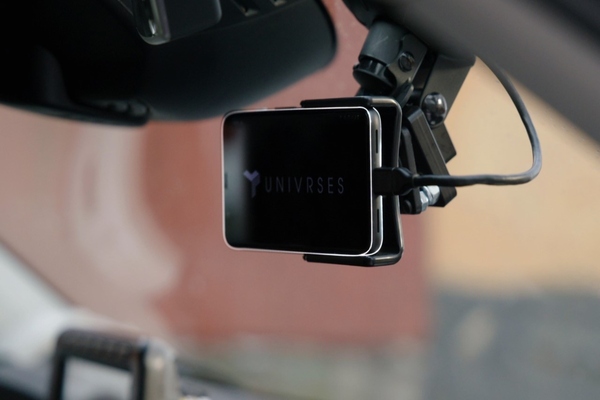
A key partner in this project is Zenseact, a leading developer of advanced driver-assistance systems (ADAS) and autonomous driving technologies.
“Univrses and Zenseact is one of three partnerships we have started up which aim to explore innovative solutions for the development of better road infrastructure management,” said Björn Eklund, project sponsor at Trafikverket. “This joint effort aligns with Trafikverket’s objectives of enhancing safety, efficiency, and sustainability in the transportation sector while keeping innovation at the forefront in managing Swedish road networks.”
Univrses and Trafikverket have collaborated on various projects in the past, but this initiative marks a significant milestone in their partnership.
“This initiative is ground-breaking, and it has the potential to transform road monitoring and infrastructure management as we know it,” said Jonathan Selbie, CEO of Univrses. “We’re thrilled about taking this next step together with our friends at Trafikverket. This project perfectly highlights the importance of partnership in driving innovation towards deployment to realise a better future.”
“This initiative is ground-breaking, and it has the potential to transform road monitoring and infrastructure management as we know it”
The project is carried out as a strategic collaboration between Trafikverket and Vinnova’s innovation programme InfraSweden. Through such collaboration, the parties will be able to use each other’s knowledge, resources, and experience in leading and driving innovation and development in order to achieve the project’s goals and benefits more efficiently.
Other companies involved in the Digital Summer project include Mercedes Benz Sweden and Nira Dynamics, which develops signal processing and control systems for the automotive industry. The project will run until 2026.
3DAI City camera units are deployed onto moving vehicles to capture large amounts of timely, relevant and actionable road data. The data is accessible through Univrses’ web-based and scalable dashboard and analytics tools and enable city officials and infrastructure managers to make better decisions, streamline operations and reduce emissions.




